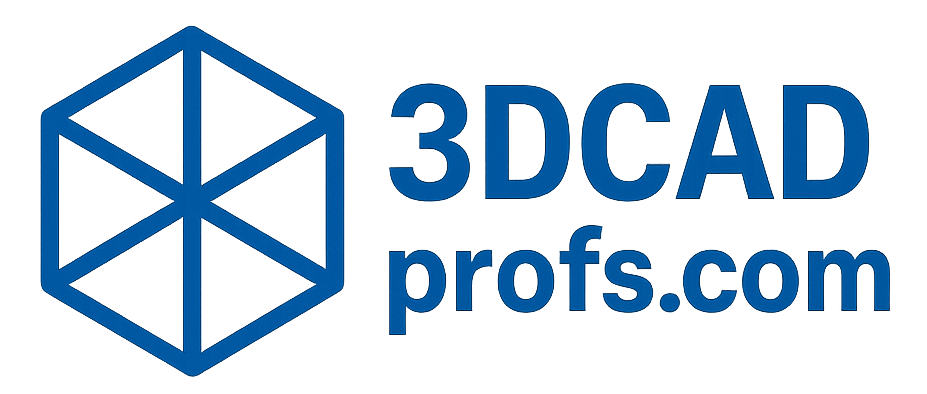What It Takes to Succeed as a CAD Designer
Essential Skills & Attributes for a Thriving Career
The Architect of Innovation: The CAD Designer
CAD (Computer-Aided Design) designers are the skilled professionals who transform ideas and concepts into detailed 2D and 3D models and drawings. They are pivotal in industries ranging from manufacturing and engineering to architecture and entertainment. As technology evolves, so does the role of a CAD designer, requiring a blend of technical prowess, soft skills, and a commitment to lifelong learning. This guide outlines the key ingredients for success in this dynamic field.
Foundational Technical Skills
A strong technical base is the bedrock of a CAD designer’s expertise.
CAD Software Proficiency
Mastery of one or more CAD packages (e.g., AutoCAD, SolidWorks, Inventor, Fusion 360, Catia, Siemens NX) is fundamental.
Engineering Principles
Understanding of basic mechanics, materials science, and manufacturing processes informs design decisions.
Technical Drawing & GD&T
Ability to create clear, accurate drawings and apply Geometric Dimensioning and Tolerancing (GD&T) standards.
3D Modeling Techniques
Proficiency in solid, surface, parametric, and direct modeling techniques to create complex geometries.
Visualization & Rendering
Skills to create realistic renderings and visualizations for presentations and design validation.
Assembly Management
Ability to manage and work with large assemblies, understanding constraints and component relationships.
Essential Soft Skills
Beyond technical abilities, certain personal attributes are crucial for success.
Problem-Solving
Analyzing design challenges and developing effective solutions.
Attention to Detail
Ensuring accuracy and precision in all aspects of design and documentation.
Communication
Clearly conveying design intent to team members, clients, and manufacturers.
Teamwork & Collaboration
Working effectively within multidisciplinary teams.
Time Management
Organizing tasks and meeting project deadlines efficiently.
Creativity & Innovation
Thinking outside the box to develop novel and improved designs.
Industry & Process Acumen
Understanding the context of your designs is vital.
Industry-Specific Knowledge
Familiarity with standards, materials, and practices relevant to the specific industry (e.g., automotive, aerospace, medical).
Design for Manufacturability (DFM/DFA)
Designing parts and assemblies that are efficient and cost-effective to manufacture and assemble.
Data Management (PDM/PLM)
Understanding of Product Data Management (PDM) or Product Lifecycle Management (PLM) systems for version control and collaboration.
Staying Updated
Continuously learning about new software features, manufacturing techniques, and industry trends.
Tools of the Trade (Beyond Software)
While CAD software is central, other tools support a designer’s success:
- Powerful Computer Hardware (Adequate CPU, GPU, RAM)
- High-Resolution Monitor(s)
- Ergonomic Peripherals (Mouse, Keyboard)
- 3D Mouse (e.g., 3Dconnexion) for efficient navigation
- Cloud Storage & Collaboration Platforms
- Access to Standards Libraries (ANSI, ISO, DIN)
- Online Communities & Forums for support and learning
- Sketchbook or Digital Sketching Tools for ideation
Career Path & Key Skill Importance
Illustrative Career Progression
CAD Manager / Specialist
Opportunities exist for specialization in areas like simulation analysis, CAM programming, generative design, or specific industries. Continuous skill development is key to advancement.
Key Skill Areas by Importance
(Self-Reported by Professionals – Illustrative Data)
The Blueprint for Success
Succeeding as a CAD designer in today’s competitive landscape requires more than just software knowledge. It’s a combination of robust technical skills, essential soft skills, industry awareness, and a proactive approach to learning and adaptation. By cultivating these attributes, CAD designers can not only create innovative and impactful designs but also build a rewarding and progressive career. The journey is one of continuous growth, precision, and creativity.

